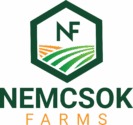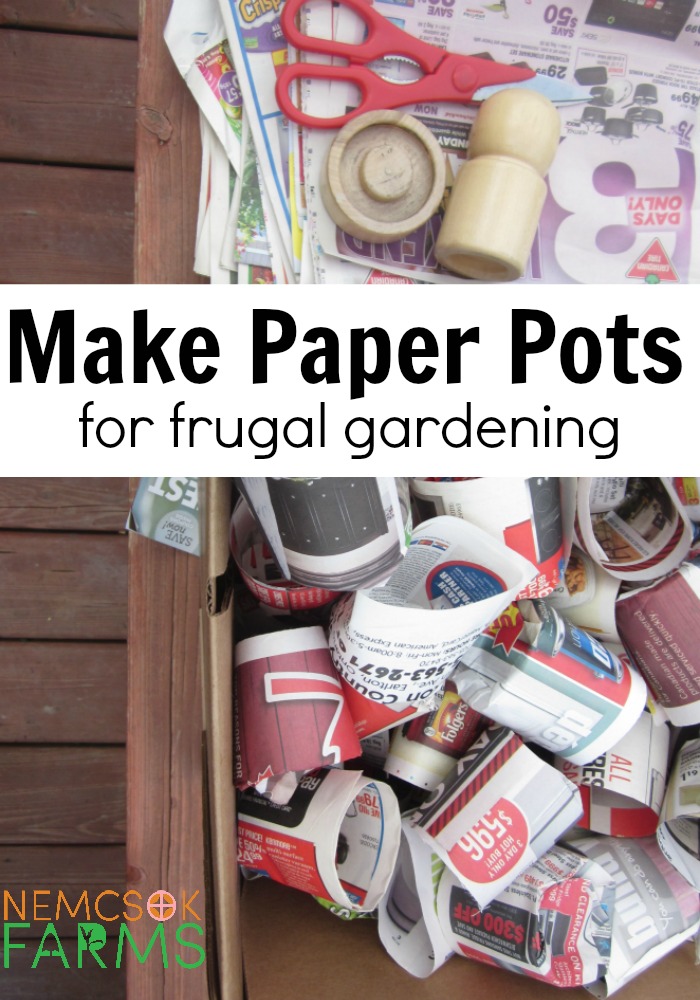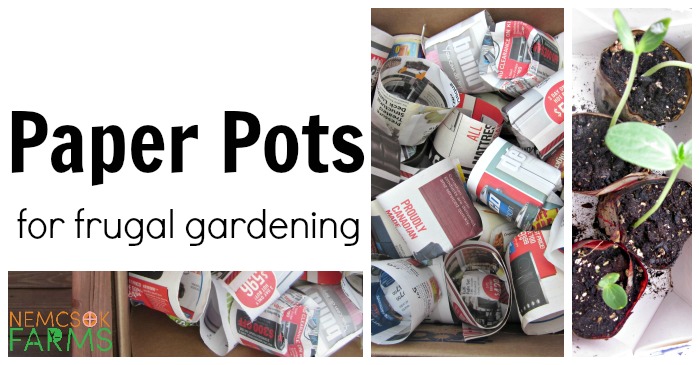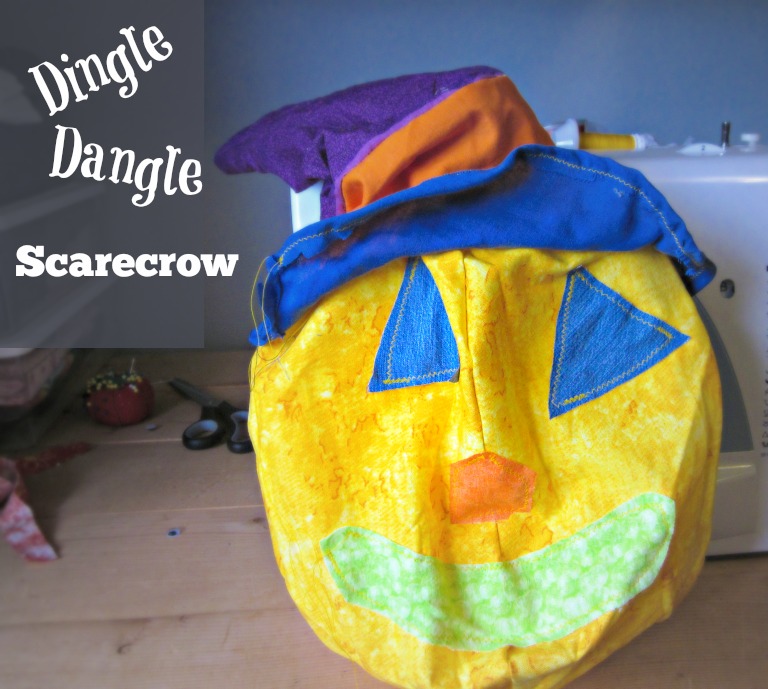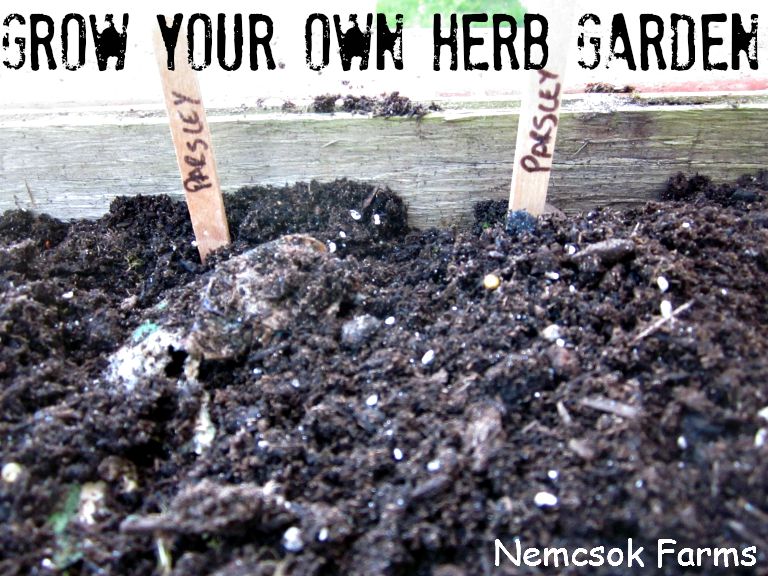Maybe it is a bit early to think about how to start your seedlings for your garden, but I don’t feel that way. I am a planner, and a dreamer by nature, and my gardening projects and endeavours are pretty much on my brain, year round.
There are all kinds of ways you can go about starting your seedlings, and all kinds of gadgets and lighting options, etc that can help you do it, and that may even get you the best possible results. I will tell you, though, in my experience, we have had the best luck, and the best results, and the highest yields from our seedlings, when we used recycled yogurt cups, on shelves we build into a window frame that faced west.
Materials to Start Your Seedlings
Paper
Pots
Soil
Seeds
Water
Light
Directions:
Using paper pots is such a wonderful idea for so many reasons. You can make them yourself, by the hundreds, using recycle newspapers / flyers / whatever. You can put them straight into the garden when the plants are ready. The roots of most plants will push right on through the paper, but if you are worried about it, you can easily peel off the bottom of the cup right before placing them into the spot you made in the garden soil. Try this Paper Pot Maker to get started.
(Plastic planting trays also work for starting seedlings, as do recycled yogurt and applesauce cups, and whatever else you can think of) I totally support and recommend using whatever you have on hand. Growing your own vegetables is supposed to be cost effective, and provide self sustainability. You need not go broke outfitting yourself with all sorts of materials. Save the money for the potting soil, and the seeds. The containers or pots matter less, so used what you have got.
Start with fresh potting soil. Buy a bag from a local nursery, or garden centre. You can use your own soil that you have put aside for this purpose of course, but you run the risk of bringing in things to your house or indoor growing station that you don’t want. Think bugs, weeds, and fungi.
Get good seeds. I usually order mine from Greta’s Organic Gardens, and one or two other places, and buy some at local garden centers. Make sure you get seeds that are rated for your hardiness zone. It’d be a big waste of time and money to try to grow things that wouldn’t survive in your climate. Seed packs should say right on the package somewhere what zones they are rated for, and most seed catalogues will have that listed as well.
Sunlight works best. You can use lamps, and light bulbs, and anything else, but natural light will work the best. Place your seed pots on a windowsill that isn’t too drafty, and cover them with a glass sheet, or plastic wrap, lightly.
Water your seedlings often, but not too much. You want the soil to stay moist, but not too wet. You don’t want to grow moldy, mildew mushrooms instead.
Label your seedlings, and take care of them. If you are using lamps, remember to not leave them on 24 hours / day. It is not good for most pants, and not good for your hydro bill either. Remember to harden off your seedlings before planting out also. This will help them to adjust to the strong sunshine, and all else that comes with being in the great outdoors.
Good luck!
